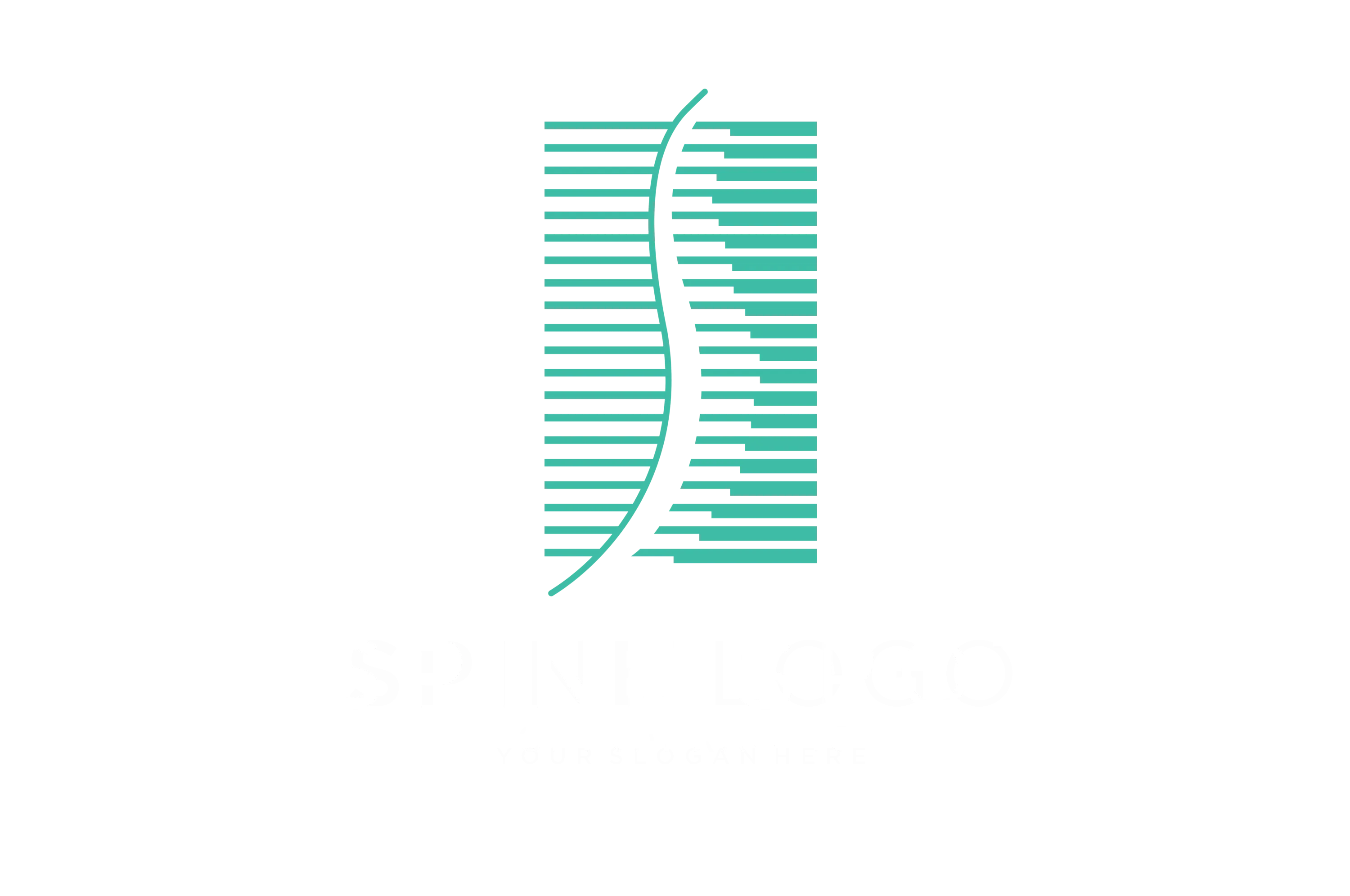Understanding Trigger Point Therapy
Trigger point therapy is a widely used technique for managing myofascial pain and related symptoms. This article will provide an in-depth understanding of trigger point therapy, including its definition, working mechanisms, benefits, and the various techniques involved in this therapy.
What is Trigger Point Therapy?
Defining Trigger Point Therapy
Trigger point therapy, also known as myofascial trigger point therapy, is a therapeutic approach focused on relieving muscular pain and dysfunction. It targets trigger points, which are hyperirritable nodules within taut bands of skeletal muscle fibers. These trigger points can cause pain locally or refer pain to other areas of the body.
How Does Trigger Point Therapy Work?
Trigger point therapy works by applying pressure to specific trigger points to alleviate pain and improve range of motion. It aims to release the taut bands and deactivate the trigger points, ultimately addressing the root cause of myofascial pain.
Benefits of Trigger Point Therapy
The benefits of trigger point therapy include pain relief, improved muscle function, and enhanced overall well-being. By targeting and addressing trigger points, this therapy can effectively alleviate chronic pain and discomfort associated with myofascial pain syndrome.
How Can Trigger Points Cause Pain?
Types of Trigger Points
There are two main types of trigger points: active trigger points and latent trigger points. While active trigger points are actively referring pain and causing discomfort, latent trigger points are dormant and only become painful when compressed.
How Trigger Points Can Cause Pain
Trigger points can cause pain through a process known as referred pain. When activated, these points can radiate pain to other areas of the body, often distant from the actual trigger point location. This phenomenon can contribute to complex pain patterns and challenges in diagnosing the true source of discomfort.
Impact of Trigger Points on Muscle Function
Trigger points can adversely affect muscle function, leading to reduced range of motion, muscle weakness, and altered posture. By addressing these trigger points through therapy, muscle tissue can regain its normal function and flexibility, alleviating associated pain and dysfunction.
What to Expect in a Trigger Point Therapy Session?
Preparing for a Trigger Point Therapy Session
Prior to a trigger point therapy session, it's essential to communicate any specific areas of pain or discomfort to the healthcare provider or massage therapist. Comfortable clothing that allows access to the affected muscles is typically recommended for the session.
What Happens During a Trigger Point Therapy Session?
During a trigger point therapy session, the therapist will locate the affected muscles and apply pressure on the trigger points using various techniques such as deep tissue massage or myofascial release. This process aims to alleviate pain and restore muscle function.
Post-Session Recovery and Aftercare
Following a therapy session, it's common to experience mild soreness, similar to the sensation after engaging in physical exercise. Applying ice to the treated areas and staying hydrated can help in the recovery process. Additionally, the therapist may recommend specific stretches or exercises to support the effects of the therapy.
Types of Trigger Point Therapy Techniques
Understanding Different Massage Techniques for Trigger Points
Various massage techniques can be employed for trigger point therapy, including myofascial release, deep tissue massage, and trigger point massage therapy. These techniques aim to apply pressure to the affected muscles and trigger points, promoting pain relief and relaxation.
Trigger Point Injections vs. Manual Therapy
In some cases, healthcare providers may recommend trigger point injections, where a local anesthetic or medication is directly injected into the trigger point to relieve pain. However, manual therapy remains a common and effective approach for addressing trigger points and associated myofascial pain.
Comparing Dry Needling and Trigger Point Massage Therapy
Dry needling involves inserting thin needles into trigger points to release tension and promote healing. On the other hand, trigger point massage therapy utilizes targeted pressure and muscle manipulation to relieve pain and dysfunction. Both techniques have shown efficacy in managing myofascial pain, and the choice between them depends on individual preferences and healthcare provider recommendations.
When to Seek Trigger Point Therapy?
Identifying Signs That Trigger Point Therapy Is Needed
Individuals experiencing persistent pain, especially in areas such as the back, neck, or shoulders, may benefit from seeking trigger point therapy. Additionally, limited range of motion, muscle stiffness, and referred pain are indicators that trigger points could be contributing to the discomfort.
Common Conditions Treated with Trigger Point Therapy
Trigger point therapy is commonly used to address conditions such as chronic pain, myofascial pain syndrome, and musculoskeletal disorders. It can also be beneficial for individuals with postural imbalances and those seeking relief from muscle-related discomfort.
Preventive Measures and Self-Care for Trigger Points
Engaging in regular stretching exercises, maintaining good posture, and seeking professional guidance from a healthcare provider or massage therapist can contribute to preventing the development of trigger points. Self-care practices such as applying pressure on trigger points using a tennis ball or foam roller can also provide relief from muscle tension and pain.
Trigger Point Therapy
According to the American Academy of Family Physicians (AAFP), one in ten Americans suffer from at least one chronic musculoskeletal disorder. This equates to approximately 23 million people in the U.S. alone. Such disorders are often accompanied by a painful condition known as myofascial trigger points. These are hard spots or “knots” formed by tight, contracted muscles or micro-nodules that impact a small area of muscle tissue. When a person has several trigger points, this is referred to as myofascial pain syndrome. Trigger points are fairly common in our bodies and tend to be in abundance around areas of injury. They can also be a primary source of neck and back pain because they can cause an abnormal response to pain stimuli (hyperirritability).
Causes of Myofascial Trigger Points
Trigger points tend to form as a result of trauma to the affected muscle fibers. According to the National Association of Myofascial Trigger Point Therapists (NAMTPT), stress and injuries are the top two major causes of trigger points. Other causes of trigger points include repetitive overuse injuries, poor posture, heavy lifting, inactivity for an extended period of time, and clenching the muscles when stressed.
Trigger points can be incredibly painful and may also contribute to “referred pain”; that is, pain that is experienced in other parts of the body. This is because our soft tissues are connected throughout the body by interconnected fascia, which sits below the skin and stabilizes, covers, attaches, and separate muscles, nerves, blood vessels, and organs from one another. It is through this connection that pain impulses can travel to other areas of the body.
Trigger Point Therapy Treatment
Trigger point therapy entails rubbing or pressing on trigger points in an effort to release tension, pain, and dysfunction throughout the body. This may be done manually with the fingers and hands or with a variety of instruments. The most appropriate method will vary from one person to the next depending upon the specific trigger points and the conditions that caused them.
Common Conditions Treated by Trigger Point Therapy
Myofascial trigger point therapy is commonly used to treat a range of musculoskeletal disorders as well as chronic pain. Patients have reported improvement for a variety of conditions, including headaches and migraines, pain from TMD (jaw joint disorders), back and neck pain, osteoarthritis, carpal tunnel syndrome, sciatica, and various sports injuries.
Why See a Chiropractor for Trigger Point Therapy?
Chiropractors are trained to help identify the source of chronic pain, injuries, or musculoskeletal disorders. After an examination to determine the cause of your pain, we will work with you to form a treatment plan that is right for you, which may include trigger point therapy alongside other chiropractic therapies. If you are experiencing pain, there is no need to suffer any longer. We can help determine its cause and get you started on the path to wellness.
More Chiropractic Techniques and Physiotherapies
- Electrical Muscle stimulation
- Spinal Decompression
- Spinal Manipulation/Adjustment
- Therapeutic Ultrasound




